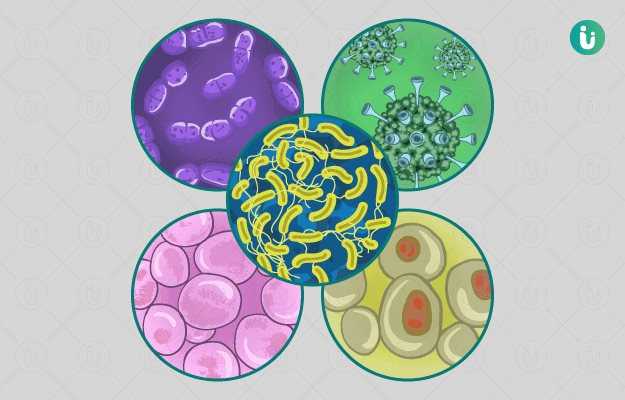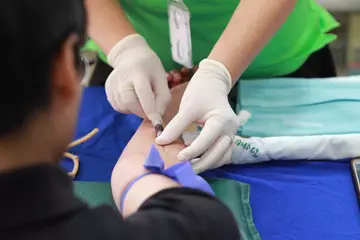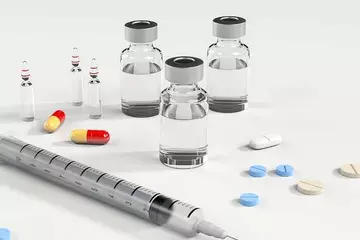Toxic shock syndrome is a rare but life-threatening infection. It presents as a cluster of symptoms that involve different systems of the body, all at once. Toxic shock syndrome was first reported in a group of children in 1978. In the early 1980s, there were several reports of toxic shock syndrome among women who used superabsorbent tampons during their periods.
Toxic shock syndrome occurs due to the entry of bacteria into the bloodstream through a wound or an injury. Toxic shock syndrome is also associated with the use of tampons in women. However, it can affect anyone of any age, including men and children. Around 50% of the cases of toxic shock syndrome are non-menstrual.
In toxic shock syndrome, bacteria enter the bloodstream and release toxins which spread to all the organs. This is an acute-onset disease (it occurs suddenly) where the patient shows symptoms of fever, low blood pressure, sunburn-like rash on the body and sometimes it may result in end-organ damage. There are three bacteria—Staphylococcus aureus, Streptococcus pyogenes and Clostridium sordellii—which are mostly responsible for toxic shock syndrome.
The treatment may involve removal of any tampon from the vagina of the affected women, administration of fluids and electrolytes (fluid therapy), delivering antibiotics to kill the microorganisms and preventing the spread of the toxin in the body.

 Doctors for Toxic Shock Syndrome
Doctors for Toxic Shock Syndrome 

































